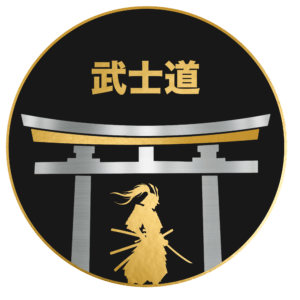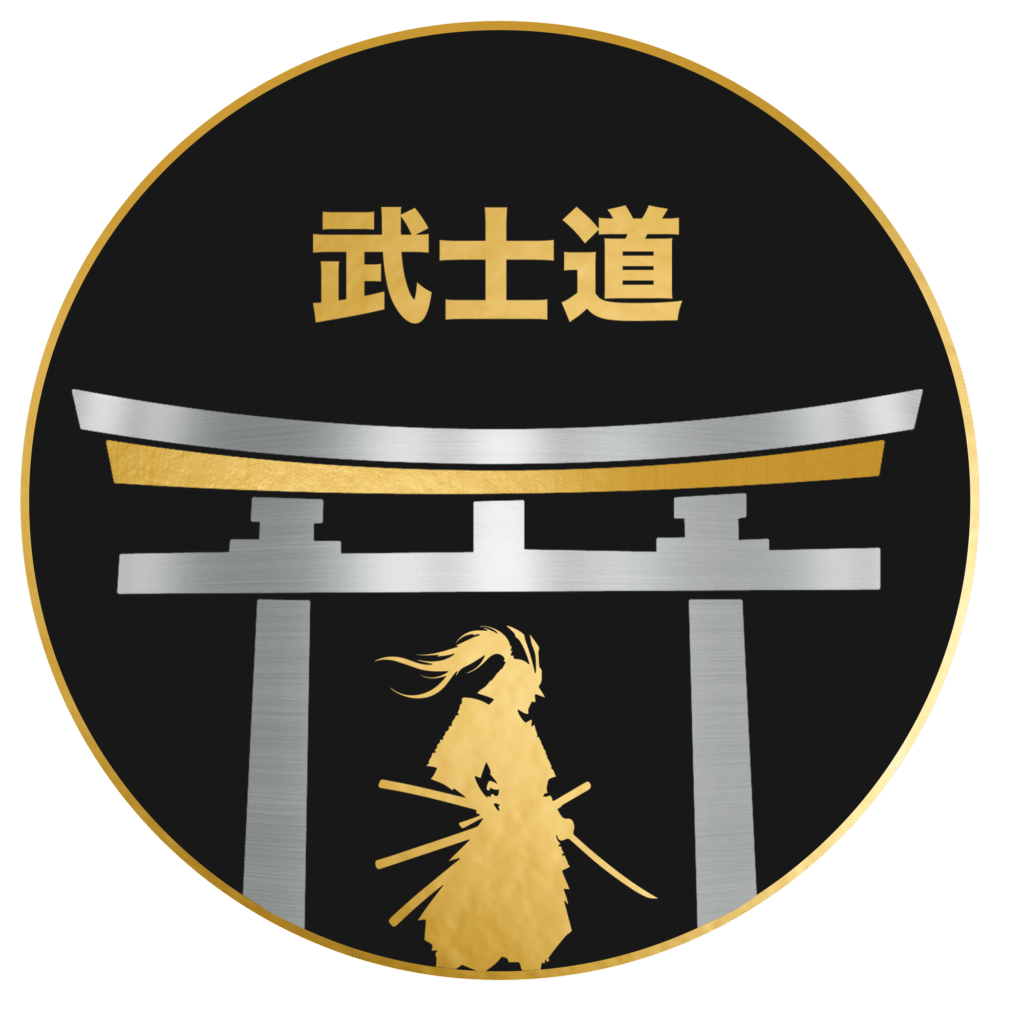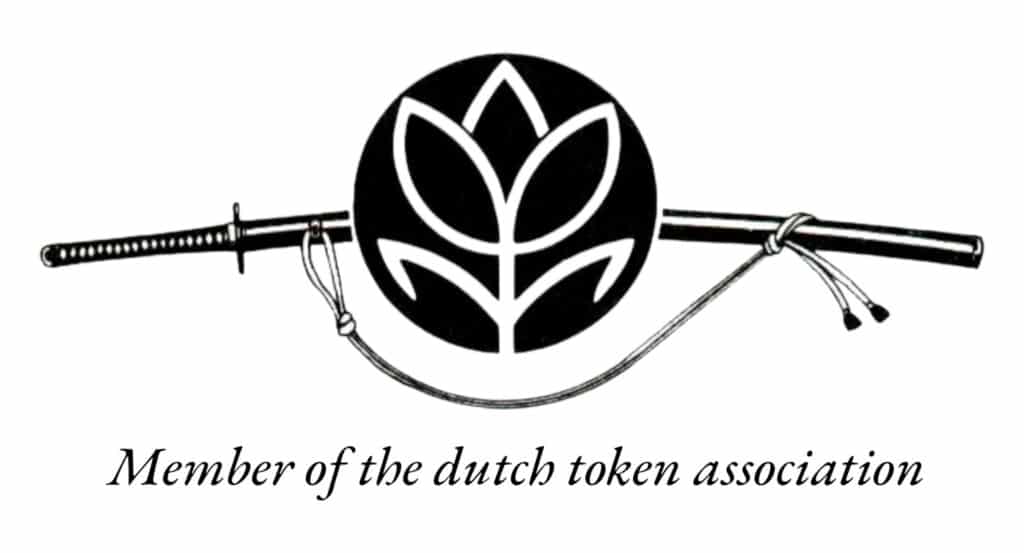Introduction: The Quiet Path
In the hush of early morning, a small forge glowed at the edge of Echizen province. A man worked there—quiet, steady, precise. Ōno Yoshimitsu did not seek fame. He sought perfection.
Each blade he shaped carried more than steel. It held discipline, respect, patience. These were not just tools of war. They were the result of a life lived in refinement, in practice, in silence.
He spoke little. His swords said enough.
For Yoshimitsu, mastery was never loud. It did not rush. It walked a quiet path—straight and unwavering. That path defined his life. And through his blades, it still echoes.
Early Roots in Steel and Silence
Yoshimitsu’s journey began in a quiet village on the edge of Kyoto. The clang of steel was the first language he learned. His father, a modest swordsmith, shaped metal as if in prayer. There were no grand lessons—just observation, repetition, and patience.
At twelve, Yoshimitsu was apprenticed to Master Ibuki, a reclusive bladesmith known for his precision. Ibuki taught him when to strike and when to wait. How to feel the metal’s intent. Long hours were spent in silence, refining not just technique but presence. Mistakes were met with stillness, not scorn.
The culture of the forge mirrored the discipline of the martial world. Respect, humility, and unwavering care formed the core. Shinto beliefs wove through every ritual. Tools were not just instruments—they were extensions of purpose.
These early years did more than teach him to forge blades. They shaped his eye for balance. His hand for subtlety. His spirit for endurance. Yoshimitsu did not seek mastery. He simply served the blade, and let the blade guide the way.
Forging a Name: The Rise to Mukansa
Mastery is earned in silence. For years, he worked in near solitude—heat, steel, and resolve his only companions. Each blade refined his hand. Each mistake deepened his understanding.
Competitions came. He entered not to win, but to sharpen his craft. Judges took notice. His blades spoke for themselves—clean lines, perfect balance, an edge that carried intent.
Recognition followed slowly, then all at once. His style was his own: understated, precise, without flourish. Eventually, judges had nothing more to say. His work stood apart.
He received Mukansa—Beyond Judgement. A title not won, but deserved. Now, he creates not for approval, but because it must be made.
The Blade and the Spirit
A blade begins with silence. Before metal meets fire, there is thought—steady, clear, and unwavering.
Each sword he shapes carries more than edge or shine. It holds rhythm. Breath. Memory. The steel becomes a vessel for tradition, tempered not just by heat but by humility.
He works like a monk at prayer. Movements repeat. Hands steady. Eye fixed on balance. In this space, there is no rush. Only respect for form and function.
To him, the blade is not a tool of violence. It is an extension of the spirit. A mirror of discipline, forged through years of craft.
When he finishes, the sword rests in stillness. No flourish. No need. It simply is.
In every line and curve, there is intention. In every finished edge, there is honor.
Legacy in Iron: Teaching Without Words
Yoshimitsu never lectured. He showed. In every blade he forged, there was a lesson. Clean lines. Balanced weight. Subtle strength. Apprentices watched. They listened to the rhythm of his hammer. How he moved. When he paused. What he corrected.
His legacy is not written in books. It is passed hand to hand. A tradition of action over words.
The forge was his dojo. Heat, steel, silence. There, skill was shaped through patience. Through repetition. Through knowing when enough was enough.
Young smiths still follow his patterns. Not just the methods, but the spirit. Focus. Intention. Respect for material and form.
He remains present in every honest cut of steel. Not through stories, but through the work itself. A teacher who speaks through iron.
Enduring Edge: The Work Remembered
His swords endure. Not from nostalgia, but because they speak clearly. They speak of balance. Precision. Patience.
Each blade is its own meditation. Steel, shaped by hands that cared more for form than for fame. Edges keen, not just in sharpness, but in intention.
In a world shifting fast, his work holds still. It reminds us that mastery does not age. That beauty can be both fierce and still.
Collectors know. Historians nod. And those who hold the swords, even briefly, feel it. The weight, yes. But also the quiet.
He didn’t chase trends. He pursued truth through craft. That discipline marks every line, every fold of steel.
Now, his swords rest in homes, galleries, sometimes in practice. They are not relics. They are reminders.
Of care. Of purpose. Of a sharper, simpler way.
Conclusion: A Life Sharpened by Purpose
Yoshimitsu’s life was a study in purpose. Every movement, every choice, made with care. He did not chase glory. He pursued mastery.
In the forge of discipline, he shaped himself. Steel met spirit. Skill met silence.
He walked his path without need for acclaim. His legacy lives not in loud triumphs, but in quiet example.
A blade honed over years. A mind sharpened by intent. A life lived with precision.
We bow in respect. And we remember.





